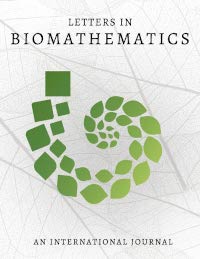Effects of Contact Tracing and Self-Reporting in a Network Disease Model
DOI:
https://doi.org/10.30707/LiB9.1.1681913305.219107Keywords:
Self-reporting, Contact tracing, Network model, Disease transmission, QuarantineAbstract
Contact tracing can be an effective measure to control emerging infectious diseases, but the efficacy of contact tracing measures can depend upon the willingness of individuals to get be tested even when they are symptomatic. In this paper, we examine the effects of symptomatic individuals getting tested and the use of contact tracing in a network model of disease transmission. We utilize a network model to resolve the influence of contact patterns between individuals as apposed to assuming mass action where all individuals are connected to each other. We find that the effects of self-reporting and contact tracing vary depending on the structure of the network. We also compare the results from the network model with an analogous ODE model that assumes mass action and demonstrate how the results can be dramatically different.
